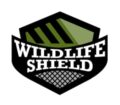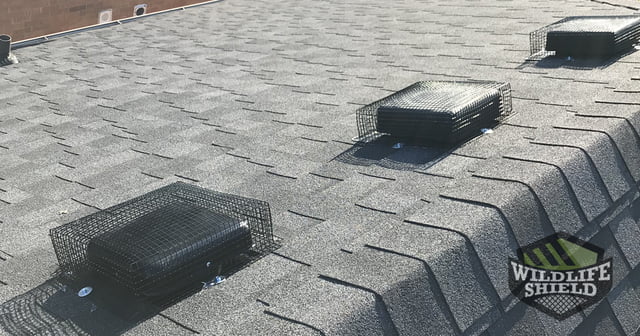The following case study involves a raccoon removal service in Richmond Hill where raccoons had nested in the attic. In this article, we will detail the removal of raccoons from a home in Richmond Hill as well as the steps are taken to prevent them from coming back.
Richmond Hill is part of the Greater Toronto Area and is located just north of the City of Toronto. The city has seen rapid development since the 1990s and its population has increased at the same pace since. Dotted with a multitude of parks, forests, ravines, and many other natural attractions, Richmond Hill is home to a vast variety of wildlife. It is not uncommon to observe deer, foxes, coyotes as well as the more common mammals such as squirrels and raccoons.
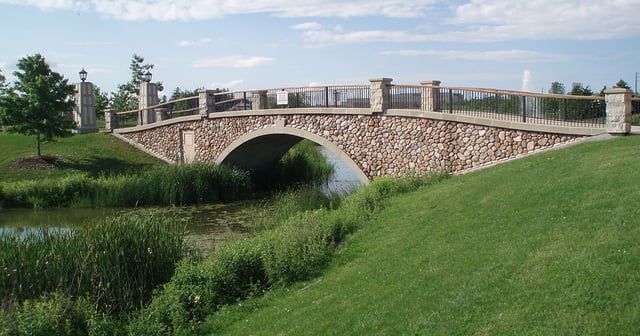
Footbridge in Richmond Green Sports Centre & Park
Inspection
Our customer in Richmond Hill contacted us after noises were heard coming from the attic. A raccoon or raccoons were suspected to have entered the attic through an unknown entry point.
We dispatched one of our trained wildlife technicians to investigate the issue and determine the appropriate steps to resolve it.
During our inspections, we attempt to identify all possible entry points into the home’s attic. We will examine all the soffits, soffit intersections, roof edges, and roof vents. These are the usual spots that are often damaged by wildlife as they attempt to make a hole big enough to enter the house.
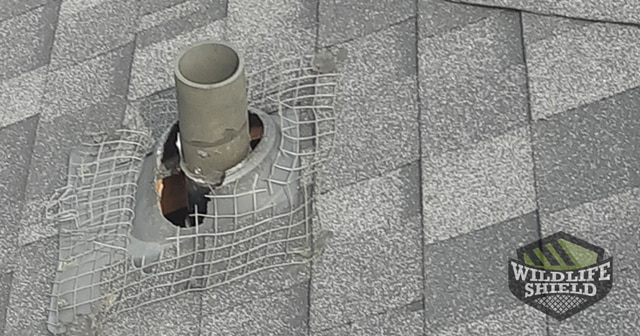
At this location, our technician discovered a damaged roof plumbing pipe base. These pipes are connected to the sewer and allow for gases to be released. Their bases are flat and sit on top of the roof shingles. Once an animal lifts the edge of the base, it will be able to rip it open and access the hole below and make their way below the roof.
It was also noted that previous work done by a different company had been done on this vent and that the raccoons were successful in ripping through the mesh and re-enter the attic space.
Exclusion
The first step in resolving a raccoon problem in an attic is to ensure that no animals are left inside after we seal the entrance. To do this, we install a one-way-door over the hole at the base of the plumbing pipe. This specially designed plexiglass door allows for animals to exit the property in a safe and humane way and prevents them from re-entering. It is left in place for a few days, depending on weather, to allow enough time for the wildlife to find their way out.
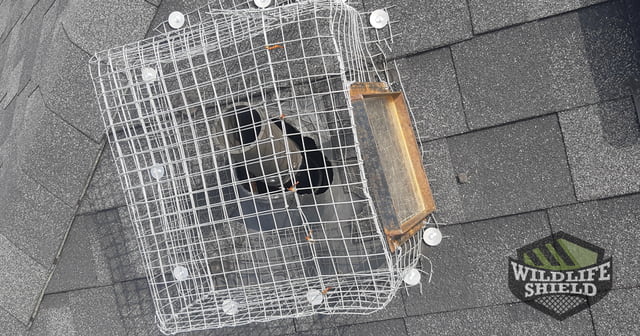
During breeding season- usually early spring– our technicians will also perform a visual inspection of the attic. They search the entire space for any raccoon kits that may have been born inside. If any are found, we will remove them once the mother has left and placed them in a box outside the house. We then ensure that the mother will collect them and move them to another den.
When we returned to remove the one-way-door, our technician sealed the hole with galvanized steel mesh, a strong and durable mesh capable to withstand gnawing and ripping by animals. This will prevent any further animals from using the same vulnerable area to breach the attic.
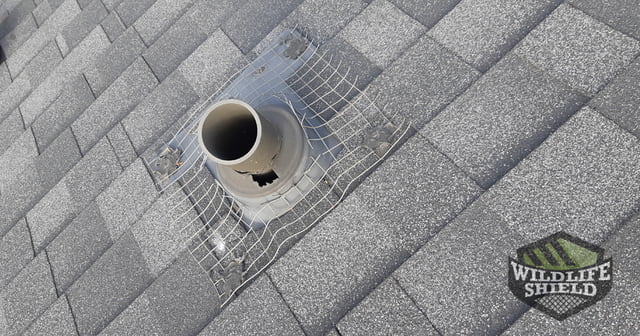
As an added protection, the customer asked us to secure all other roof vents with the same strong steel mesh. Roof vents are usually made of plastic or weak metal and are easily susceptible to damage by animals. Protecting them with our special PVC-coated galvanized steel covers will ensure no animals break in through them.
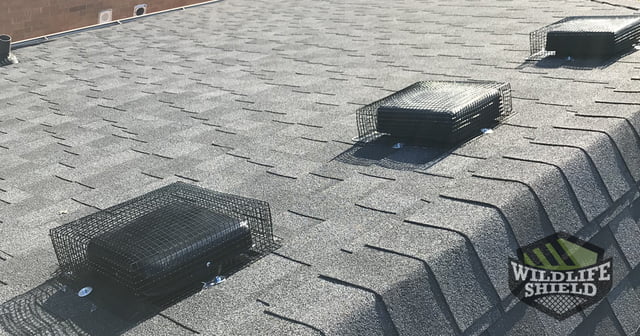
Conclusion
It is recommended that homeowners conduct a visual roof inspection every once in a while. Look for damage in any areas of the roof that are visible from the ground- bent soffits, broken vents, missing shingles, etc. Any evidence of damage may be the result of wildlife trying to breach the roof structure and should be dealt with immediately.
In this case, a plumbing pipe vent was discovered to have been damaged after a previous fix. Our team responded quickly and was able to vacate the unwanted critters- safely and humanely- and proceeded with a prevention strategy that has left the customer at ease.
All our exclusion work is backed by a 2-year warranty. Should the animals break or damage our installations, we will return to repair or replace them.
